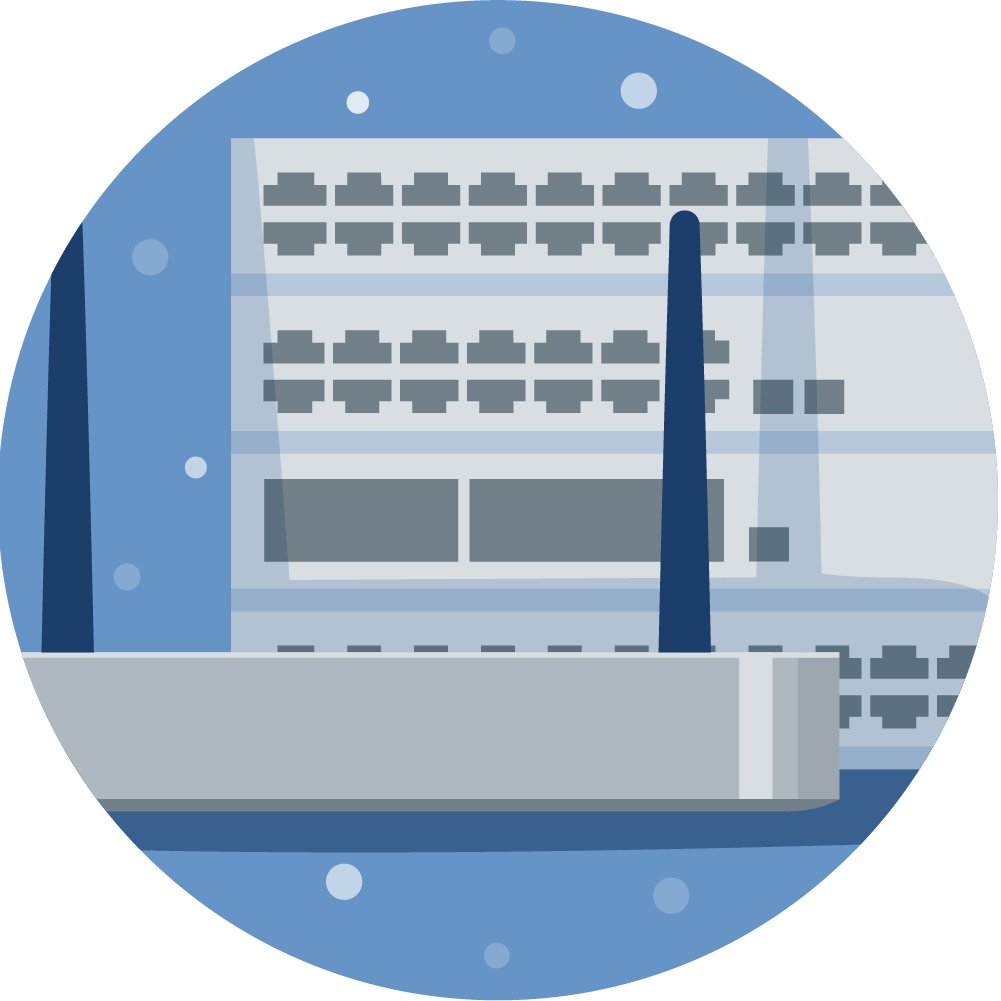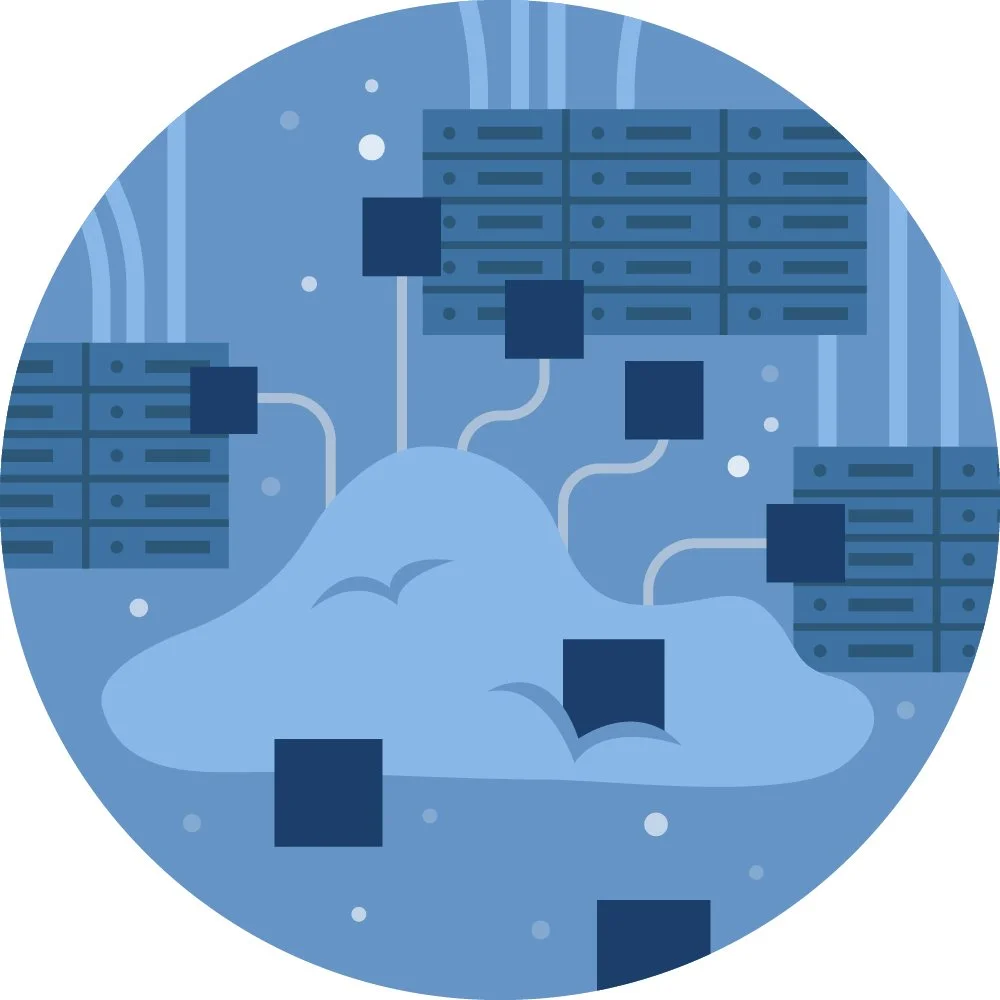
IT Infrastructure Education Tailored
to Your Business
Learn to Protect Your Organization
There is a tremendous urgency in education today to prepare students with the skills and knowledge they need to go to college, get a good job, be productive members of society, and ultimately compete in today’s global economy. In the next five years, education delivery systems will change more than they have in the last 30. How are you preparing for this shift?
There are several trends that are shaping the new learning environment:
A world of free content
Mobile learning from any device at any time
A propensity for social networking and collaboration
HD video moving users from passively watching to actively participating
New learning models:
Blended or hybrid – a mix of face-to-face with online teaching
Flipped – where lecture is online and expected to be watched ahead of class, with classroom face-to-face time used to work through homework together
Informal – learning on one’s own schedule (off hours, late at night, summer, etc.)
Distance – learning without any face-to-face time, but participating in schedule online lectures and group discussions
In addition, to prepare for this new learning environment, professional development of teachers and staff becomes imperative to implement and take advantage of new styles and techniques for learning.
Enter “Common Core State Standards”
Common Core State Standards (CCSS) came out of a need for clear consistent benchmarks across the US to measure how students are doing in math and English, and to ensure they are getting what they need to be college- and career-ready. In essence, CCSS means teaching and learning differently. To show whether a student or a school is meeting these standards, Smarter Balanced Assessment Consortium (SBAC) testing is being put in place.
To meet the needs of the new learner’s world, as well as the CCSS and SBAC requirements, a sustainable, scalable IT infrastructure becomes an integral component to the overall success of schools and their administrations.
What does CCSS mean to you?
Depending on your role, CCSS means different things and creating differing goals and objectives:
For superintendents, it means:
Creating an environment that ultimately meets or beats Common Core Standard scores
Optimizing budgets and grants
Ensuring professional development of staff
For CAOs and Curriculum Developers, it means:
Defining and delivering new learning models for their districts
Determining new ways to utilize technology to enhance teacher/student interaction for better learning
Training staff to utilize both
For CIOs and IT Directors, it means:
Increased bandwidth and high density traffic – multiple devices on the network at the same time
24/7 availability and 100% uptime – cannot fail on test day
Network-wide visibility – managing and monitoring for application/bandwidth usage and prioritization, especially during peak testing times






